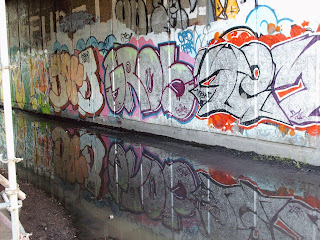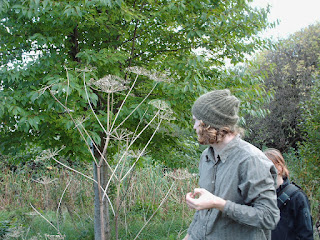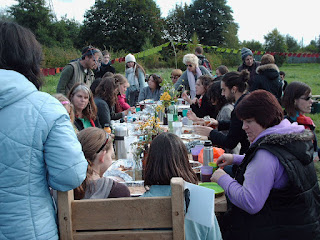In 2005 I worked for Forest Recyclng Project based on Bakers Avenue. I would lock my bike to the bike stands near the entrance. I used good quality bicycle locks and locked both wheels to the stand. Sometime in May/June (it might have been) my bicycle was stolen from that location. This happened during daylight working hours. Sadly the cycle facilities there are well used and the site is probably a well known destination for deviant scum bags who steal bikes; other bikes and/or wheels have been stolen there.
I reported the theft, the same day, to the police at the station on Francis Road. I had to wait an irritatingly long time before getting to the station desk. Unfortunately, I had not insured that bike. I had, however, made a separate record of the frame number and inserted my name and address into the saddle shaft.
2 days later I was walking by a pawn brokers and happened to see my bike in their collection of bikes for sale. I went into the shop and informed them they had my bike which had been stolen from me. We can’t give it to you, they said. You’ll have to report it to the police. In the mean time we will put it in our back room, they reassured me. I went to the police station and, again after a long wait, was told the ‘case’ had been closed (within 2 days!) and any action concerning this bike would have to wait until the appropriate officer reopened/reactivated the case. I was not happy about this blatantly shoddy treatment. I was told I would be contacted in a few days and possibly within a week some action would be taken.
One week later I had heard nothing. I visited the police station again and was informed the officer concerned had a heavy case load. We’re so sorry, the desk attendant said.
Two weeks later, still no police action as far as I was aware. I called the police again and I was told there was no way anything could be done at that time about the bike due to the emergency situation following the bombings in London on 7th July. What could I say to that?
3 weeks later I contacted the police about the bike and was informed the police officer responsible for that case was off sick. The person I spoke to didn’t bother apologising and was indifferent to the point of being rude - actually saying, well what would you like us to do about it? At this point I had just about given up on getting my bike back.
What was most frustrating about the situation was I know that pawnbroker registers persons who use its services. I once used them and when registering, along with such documents as my passport and bills with my home address on, they also photographed me to get the equivalent of a passport photograph. Whoever took my bike to them may well have been registered and traceable, and connectable to the scum bag bike thief.
Sometime in September I received a letter informing me a police officer had made enquiries and was able to report the pawn brokers had in fact sold a bike similar to the one I described, but, from a different branch and they were able to produce documents confirming the previous ownership of the bike. Having made appropriate enquiries the officer saw fit to close the case. I was baffled and defeated. I had made the initial report in good faith, believing the police would take action to return the bike and I certainly did not realise I should have kept more detailed records and documentation concerning the investigation ( or lack of it) and my enquiries about it.
So what I have to offer is anecdotal, and easy to pick apart and dismiss by those agencies which have an interest in such incompetence.
The bike itself was relatively ‘cheap’ when bought new - c. £200, however the value of it in other terms far outweighs that sum and it is a sad reflection of the society we live in that this value is readily dismissed as petty.
















































